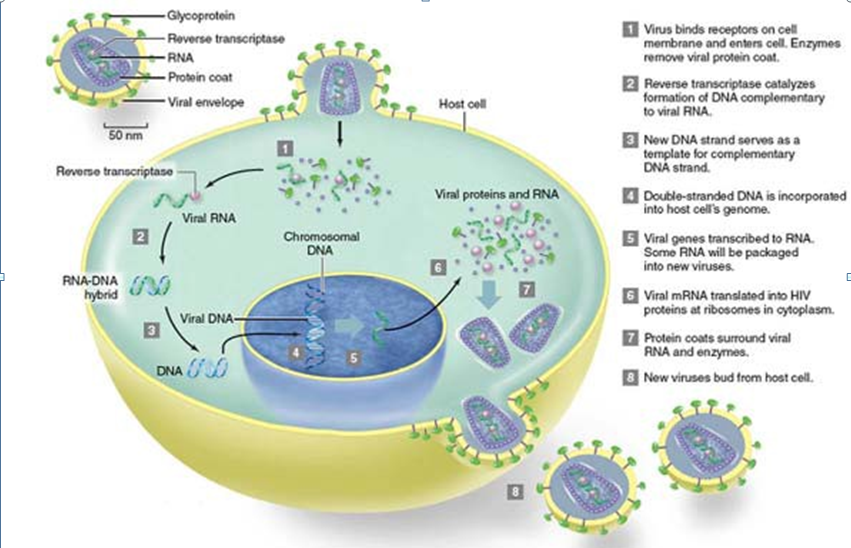The black bellied seed cracker, Pyrenestes, is a West African finch. Within the same geographic region, two subspecies of the finch are found. One subspecies has a large beak, which is efficient at cracking the hard seeds of the sedge, Scleria verrucosa. The other subspecies has a small beak, which is more efficient at eating the soft seeds of the sedge, Scleria goossensii. What type of selection occurred to produce this situation? Explain what a population distribution graph would look like that would depict this type of selection.
What will be an ideal response?
This is an example of disruptive selection where the selective pressure was the two dominant food sources in the region. The intermediate phenotype was not favored, but the extreme phenotypes were favored. Large and small beaks increased and intermediate beaks decreased. The original population curve would look like a bell curve. After this type of selection occurred there would be two peaks to the graph. One peak would be towards the left side of the graph while the other peak would be towards the right side of the graph.
You might also like to view...
Single-stranded miRNA targets the RISC complex to specific mRNA targets that contain sequences complementary to the miRNA
A. true B. false
As electrons are passed down the electron transfer chain, ________ are pumped into the ________
a. hydrogen ions / outer mitochondrial compartment b. NADH molecules / extracellular space c. electrons / cytoplasm d. hydrogen ions / mitochondrial matrix
Based on the figure from the section on HIV replication, why could researchers use PCR to amplify viral DNA from the chimp Marilyn's tissues?

A. PCR can amplify any genetic material.
B. HIV uses DNA as its genetic material.
C. PCR uses a reverse transcriptase and can thus detect RNA.
D. HIV is converted to DNA and integrated into a cell's chromosome.
E. Some of the HIV will be stuck to the outside of a cell.
Which structure(s) would be subject to the lowest blood pressure?
Select one: a. vena cava b. aorta c. atrioventricular valve d. pulmonary arteries e. semilunar valve